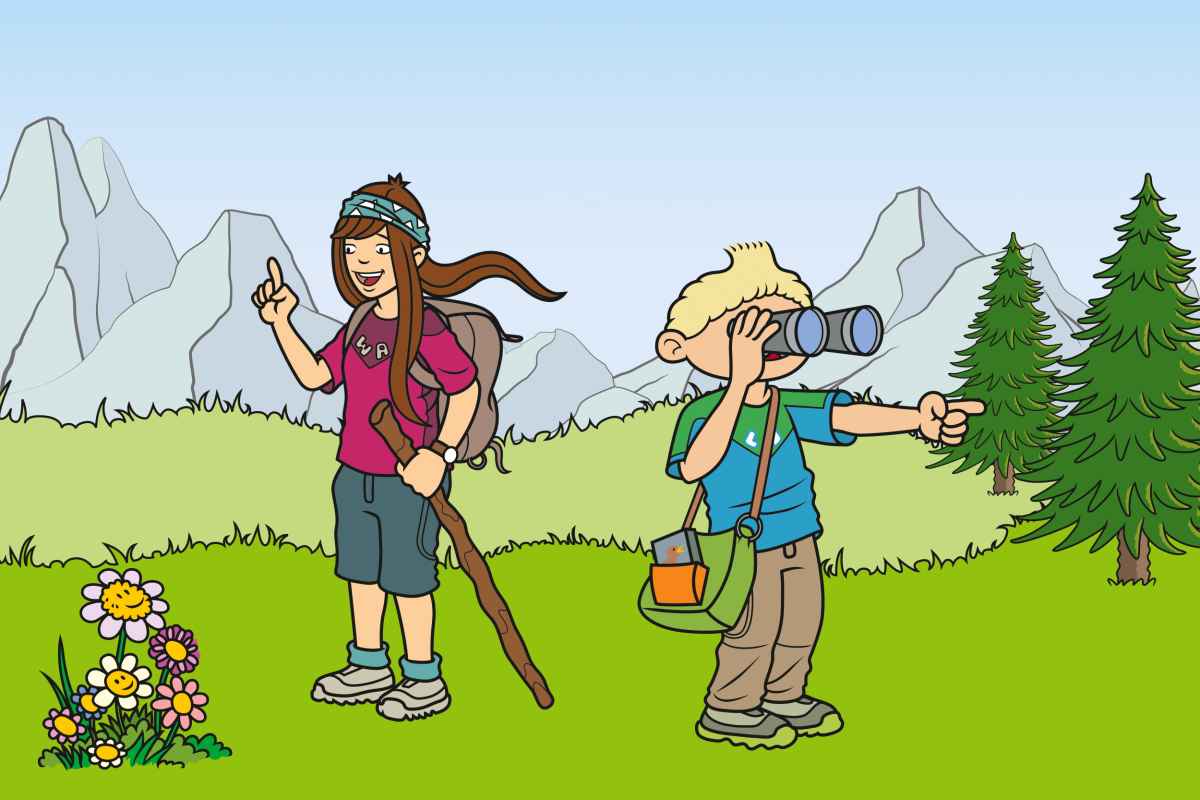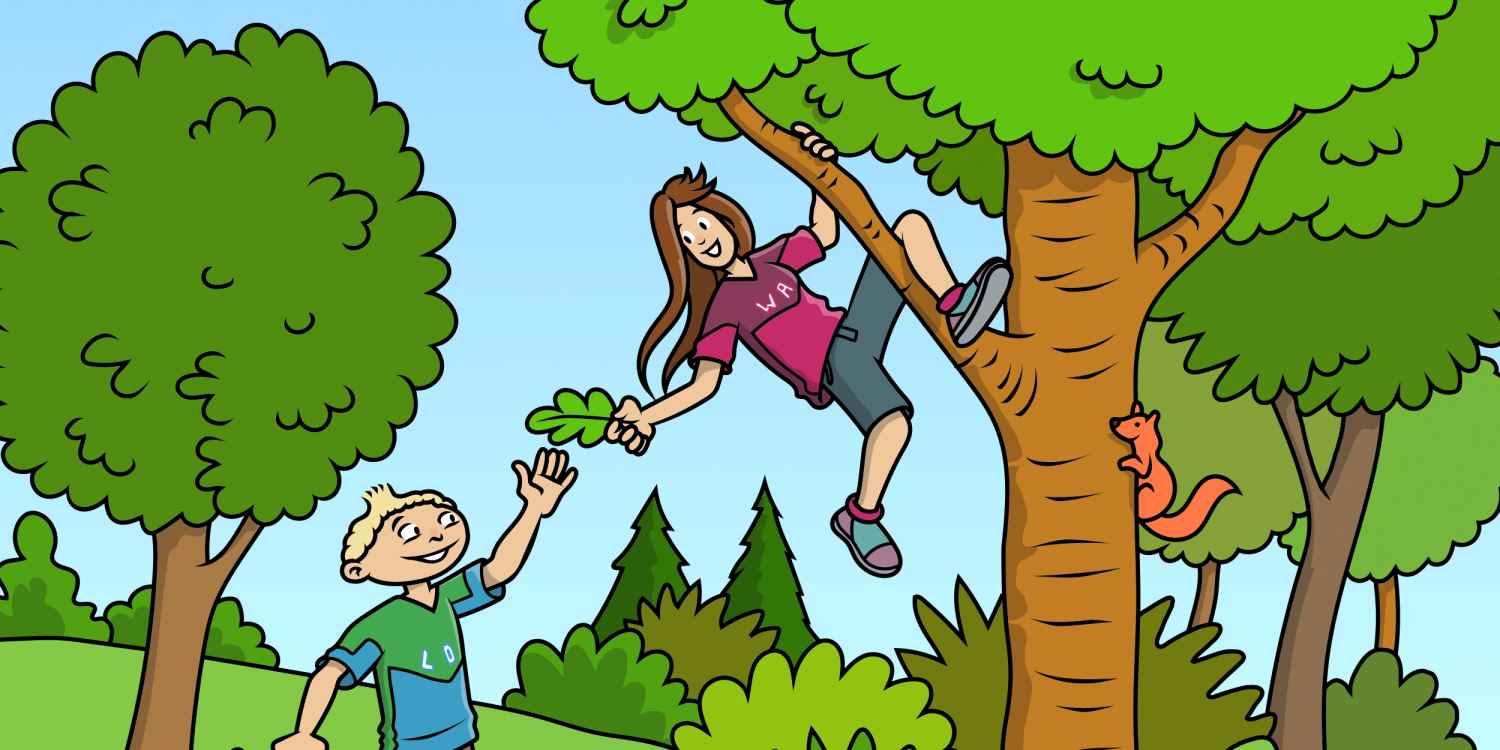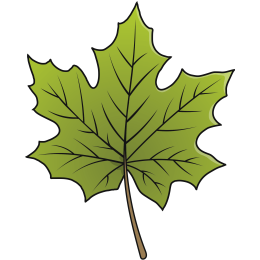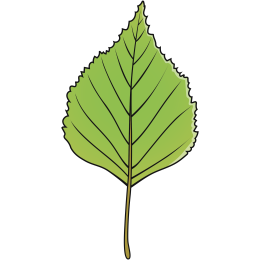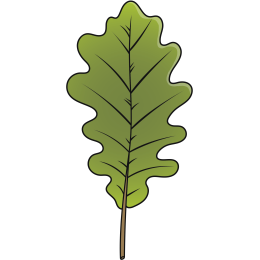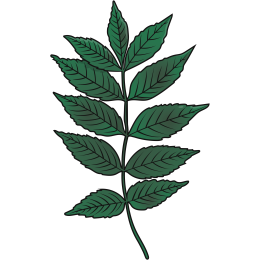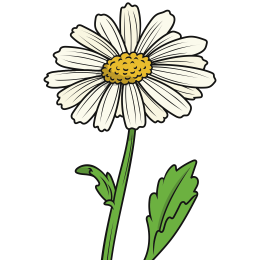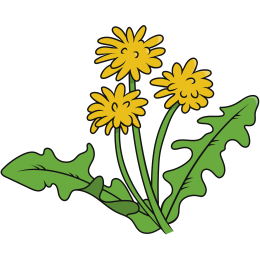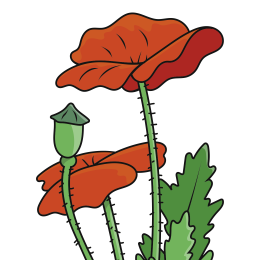Surely, you’ve seen squirrels scurrying through the garden or park looking for nuts. But the nimble creatures don’t always find enough to eat. They appreciate a treat all year round. We will show you step by step how to build a feeding box for squirrels. This is particularly easy with ready-made kits – for example, our instructions are from Vivara, a manufacturer of nature conservation products. But of course, you can also saw the individual parts from a wooden board yourselves.
Extra tip:
In summer in particular, the squirrels also appreciate a small water bowl. This way, you can make sure they always get enough to drink.
You’ll need:

